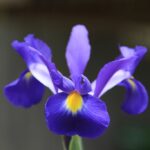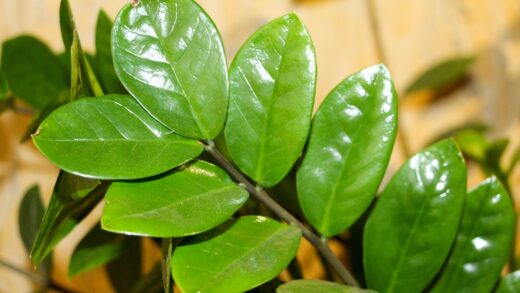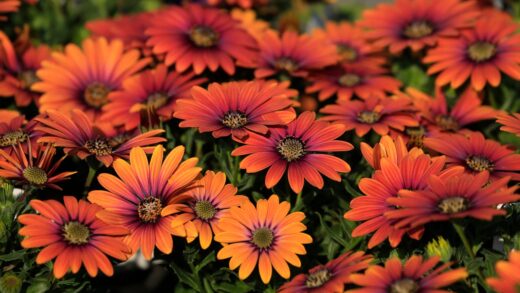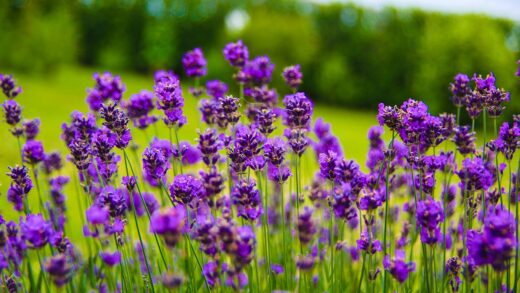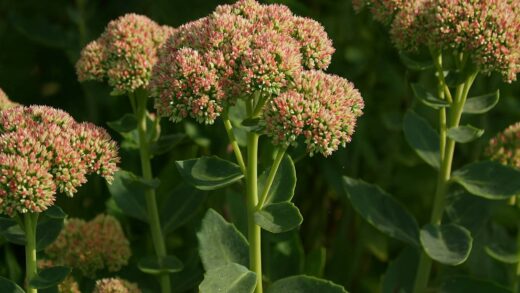Successfully establishing a Douglas fir begins with a well-considered planting process, a crucial step that sets the stage for the tree’s entire life. The initial handling of the seedling or young tree, the preparation of the planting site, and the technique used to place it in the ground are all pivotal factors that can dramatically influence its survival and future growth rate. It is a process that demands care and attention to detail, as any mistakes made at this early stage can lead to long-term health problems, such as girdling roots, poor anchorage, and increased susceptibility to environmental stresses. Proper planting is not merely about digging a hole; it is about creating an optimal environment for the young root system to expand and thrive, forming the foundation of a strong and resilient tree.
The selection of high-quality planting stock is the first critical decision in the journey of cultivating a Douglas fir. Whether starting with bare-root seedlings, container-grown saplings, or balled-and-burlapped trees, it is essential to choose specimens that are healthy and vigorous. Look for trees with a well-developed, fibrous root system, a straight central leader, and healthy, green foliage free from any signs of pests or disease. For bare-root seedlings, it is crucial to keep the roots moist and protected from sun and wind at all times between lifting from the nursery and planting in the ground. Allowing the delicate roots to dry out, even for a short period, can severely compromise the seedling’s ability to establish itself.
Preparing the planting site is a non-negotiable step for ensuring the young Douglas fir has the best possible start. The area should be cleared of all competing vegetation, such as weeds and grass, in a circle at least one meter in diameter around the planting spot. This reduces competition for water and nutrients, which are critical resources for a newly planted tree. The soil itself should be loosened and, if necessary, amended based on a soil test. For heavy clay soils, incorporating organic matter like compost will improve drainage and aeration, while sandy soils will benefit from amendments that increase their water-holding capacity. Digging the planting hole wider than the root system allows the roots to easily penetrate the surrounding soil as they begin to grow.
The timing of planting is another key element that can significantly impact success. The ideal time to plant Douglas firs is during the dormant season, either in the early spring after the ground has thawed or in the autumn before it freezes solid. Planting during these periods minimizes transplant shock, as the tree is not actively growing and the cooler, moister conditions reduce water stress. Spring planting is often preferred in colder climates, as it allows the tree an entire growing season to establish its root system before facing the rigors of winter. In contrast, autumn planting can be very successful in milder climates, taking advantage of winter precipitation to help settle the tree in.
Propagation of the Douglas fir is most commonly and successfully achieved through seed. The cones are collected in late summer or early autumn after they have matured but before they have opened and dispersed their seeds. Once collected, the cones are dried to encourage the scales to open, releasing the small, winged seeds. Douglas fir seeds have a dormancy that needs to be broken before they will germinate, a process that can be achieved through a period of cold, moist stratification. This involves mixing the seeds with a moist medium like sand or peat moss and storing them in a refrigerator for several weeks to simulate winter conditions. After stratification, the seeds can be sown in prepared seedbeds or containers.
Propagation from cuttings
While seed propagation is the standard method for Douglas fir, vegetative propagation through cuttings is also possible, though it presents more challenges and generally has a lower success rate. This method is typically reserved for cloning specific cultivars or individuals with desirable traits, such as unique growth habits or superior disease resistance. Cuttings are best taken from the new growth of young, vigorous trees in late autumn or early winter. The use of a rooting hormone is essential to stimulate root development, and the cuttings require a controlled environment with high humidity and stable temperatures to be successful. A greenhouse or a cold frame with a misting system provides the ideal conditions for rooting these semi-hardwood cuttings.
The process of taking cuttings requires precision and care to maximize the chances of success. Select healthy, vigorous shoots from the current season’s growth, and make a clean cut about 15 to 20 centimeters long. The lower needles should be stripped from the bottom portion of the cutting, and the base should be wounded slightly by scraping off a thin layer of bark on one or two sides. This wounding, combined with the application of a rooting hormone powder or gel, encourages the formation of callus tissue from which roots will eventually emerge. It is a meticulous process, but one that allows for the creation of genetically identical copies of the parent tree.
Creating the right rooting environment is paramount for the survival of Douglas fir cuttings. They should be inserted into a well-draining, sterile rooting medium, such as a mix of perlite, vermiculite, and peat moss. The medium must be kept consistently moist but not waterlogged, as excess water can lead to rot. High humidity is crucial to prevent the cuttings from desiccating before they have a chance to develop roots. This is typically achieved by placing the cuttings under a misting system or enclosing the propagation tray in a plastic bag or dome to trap moisture. Providing bottom heat can also accelerate the rooting process.
Patience is a key virtue when propagating Douglas fir from cuttings, as the process can take several months. It is important to regularly monitor the cuttings for signs of new growth, which indicates that rooting has begun. However, one should resist the temptation to pull on the cuttings to check for roots, as this can damage the delicate new growth. Once a healthy root system has developed, the young plants can be gradually acclimated to lower humidity conditions before being transplanted into individual pots. This hardening-off process is a critical final step to ensure the new clones can survive outside the protected environment of the propagation bench.



